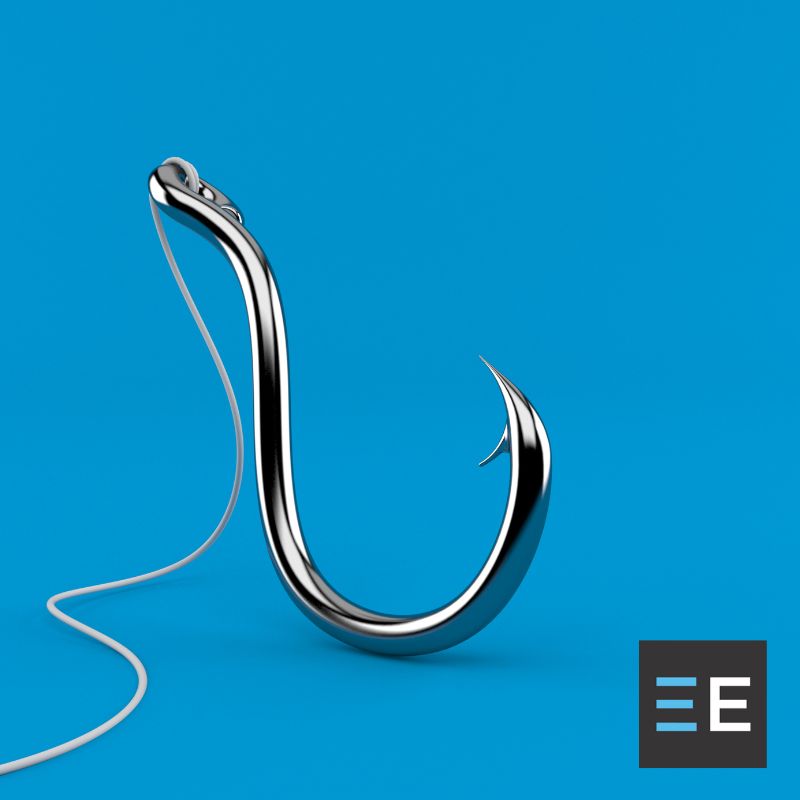Are you a content marketer or writer looking for an effective way to capture readers’ attention? Whether it’s on your website, blog, social media channels, or email campaigns, the key to success is in creating compelling introductions that draw people in and get them excited about what you have to offer. Introductory hooks are intricate and require significant time and effort. However, if done correctly, they can be incredibly powerful tools for boosting engagement levels. In this article, we will provide some practical strategies on how to create an effective introductory hook when writing a blog post.
What is a Hook in Blog Writing and Why Should You Use It?
A hook in blog writing is like the bait on a fishing line—it’s the element that will catch the reader’s attention. It can be a clever question, a thought-provoking statement, or a surprising fact. The purpose of a hook is to make the reader want to keep reading, to draw them, in and make them curious about what the rest of the article holds. Think of it as the first impression your blog post makes. In today’s world of short attention spans, it’s more critical than ever to have a powerful hook for your blog post. Without one, your writing can quickly become just another forgettable piece in a sea of similar content. So using a hook is essential to make your article stand out and ensure that readers will keep scrolling through your page.
Tips for Writing an Attention-Grabbing Hook
When it comes to writing, one of the most important aspects is making sure you grab your audience’s attention from the start. That’s where the hook comes in. It’s the first sentence, or two, that sets the tone for the rest of your piece, and it needs to be engaging enough to keep your readers interested. So, how do you write a hook that can captivate your audience? The key is to get creative. You can try using a surprising fact, a thought-provoking question, or a humorous anecdote to get your readers’ attention. Whatever approach you choose, make sure your hook is authentic to the piece you’re writing. That way, you can draw your readers in and keep them engaged throughout your work.
Examples of Great Introductory Hooks
An introductory hook can make or break the opening of an article or essay. It is the first sentence or two that captures the reader’s attention and entices them to keep reading. One great example of an introductory hook comes from the beginning of George Orwell’s Animal Farm. He writes, “All animals are equal, but some animals are more equal than others.” This line immediately raises questions in the reader’s mind and hooks them into wanting to know more. Another effective hook comes from the opening of Rebecca Skloot’s The Immortal Life of Henrietta Lacks: “There’s a picture of a woman named Henrietta Lacks on the wall of every biology lab in the world.” This statement is intriguing and sets up the reader for the story that follows. Ultimately, a great introductory hook should be concise, thought-provoking, and leave the reader wanting more.
How to Use the Hook as a Starting Point for the Rest of Your Content
The hook is an essential element of any piece of content, as it captures the reader’s attention and draws them into your writing. It’s important to use the hook as a starting point for the rest of your content, as it sets the tone and direction for your piece. One effective way to use the hook is to ask a question that relates to your topic, which piques the reader’s curiosity and encourages them to keep reading. Another technique is to use a bold statement or statistic that grabs the reader’s attention and makes them want to learn more. Whatever approach you take, make sure your hook connects directly to your main point, so that your readers stay engaged throughout the entire piece. By using the hook effectively, you can create content that is both informative and captivating.
Mistakes to Avoid When Crafting Your Hook
You’ve spent countless hours crafting the perfect story, and now it’s time to hook your readers in with an irresistible opening. But be warned: there are common mistakes that can quickly turn readers away. One mistake to avoid is starting with a cliché or overused phrase. You want to stand out, not blend in with the crowd. Another mistake is starting with too much description or backstory. Your readers want to be engaged in the action right away, not bogged down in details. Lastly, avoid making promises you can’t keep. Your hook should accurately represent the tone and style of the rest of your story, or you risk losing the trust of your readers. So take your time and craft a hook that hooks your reader, not one that turns them away.
Takeaways—How to Keep Your Readers iInterested Throughout Your Post
Writing a blog post is not just about drafting and publishing your thoughts. You need to keep your readers interested and engaged throughout the post. The key is to offer them valuable takeaways that they can implement in their lives. But how do you do that? First and foremost, make sure your post is well structured and easy to read. Use subheadings, short paragraphs, and bullet points to break up your content. Also, add real-life examples and stories to illustrate your points. Lastly, give readers something actionable to do at the end of your post. Whether it’s a call to action or a free resource, make sure they leave your post feeling like they gained something valuable. By following these tips, you’ll be able to keep your readers engaged and coming back for more.
Writing a hook is an essential step in any blog post. It can take some practice to find the right words and maintain momentum throughout the post, but with a little bit of effort, it can be a surefire way to draw attention from your readers. There are many tips and tricks for getting started, such as using an anecdote or sharing surprising statistics. Don’t forget to also stay creative by avoiding common phrases and clichés, being brief and concise, ensuring that your hook resonates with your target audience, and checking for grammar before publishing. Even though this process may seem intimidating at first glance, proper utilization of hooks will reach your readers swiftly and effectively. To ensure your post captivates its audience, start with a strong hook statement and set yourself up for success! If writing isn’t your strong suit, you can always rely on Elite Editing’s experienced staff to help make sure every sentence is written to perfection.








